Unlock the Beauty: How Dry Mounting Enhances the Aesthetic Appeal of Photographs
In the world of photography, capturing the perfect shot is only half the battle. To truly unlock the beauty of your photographs, it's essential to enhance their aesthetic appeal through meticulous display techniques. Dry mounting is a tried and tested method that has been used by professionals for decades. By adhering your photographs onto a solid backing board, dry mounting not only protects your images from damage but also creates a stunning, museum-quality display. The process involves using a heat-activated adhesive film that permanently bonds your photograph to the board, eliminating any wrinkles or bubbles. The result? A flawless, professional finish that enhances the colors, sharpness, and overall visual impact of your photographs. So, whether you're looking to showcase your work in a gallery or simply elevate your home decor, dry mounting is the answer to unlocking the true beauty of your images.
What is dry mounting and how does it work?
Dry mounting is a process that involves adhering your photographs onto a solid backing board using a heat-activated adhesive film. This film is placed between the photograph and the backing board and when heat is applied, it activates the adhesive, resulting in a permanent bond. The process eliminates any wrinkles or bubbles, ensuring a flawless, professional finish.
Dry mounting machines are used to heat the adhesive film, allowing it to bond the photograph to the backing board evenly and securely. The heat also helps to enhance the sharpness of the image, resulting in a visually stunning final product.
Benefits of dry mounting for photographs
Dry mounting offers numerous benefits for your photographs. Firstly, it provides protection against damage caused by moisture, dust, and UV light. By mounting your photographs onto a solid backing board, you create a barrier that prevents these elements from affecting the image, ensuring its longevity.
Additionally, the heat-activated adhesive film used in dry mounting creates a flat, smooth surface without any wrinkles or bubbles. This enhances the overall visual impact of the photograph, making it look more professional and aesthetically pleasing.
Furthermore, dry mounting can also help to preserve the colors and sharpness of your photographs. The heat applied during the process can enhance the vibrancy, ringing out the true essence of the image. It also helps to sharpen the details, making every intricate element of the photograph stand out.
Different techniques and materials used in dry mounting
Dry mounting can be done using various techniques and materials, depending on the desired outcome. The most common technique involves using a dry mounting press, which applies heat and pressure to the photograph and adhesive film, ensuring a secure bond.
The adhesive film used in dry mounting is available in different thicknesses, allowing you to choose the one that best suits your photograph. Thicker films provide additional support and rigidity, while thinner films are more flexible and can conform to curved surfaces.
In addition to the adhesive film, the choice of backing board is also crucial in the dry mounting process. Foam board, gator board, and sintra board are popular options due to their durability and rigidity. Each material offers different characteristics, such as lightweight foam board being ideal for framing and sintra board being suitable for large displays.
Step-by-step guide to dry mounting your own photographs
While professional dry mounting services are available, you can also choose to dry mount your own photographs at home. Here is a step-by-step guide to help you through the process:
1. Start by selecting the photograph you wish to dry mount. Ensure that it is clean and free from any dust or debris.
2. Cut a piece of adhesive film slightly larger than your photograph. Place the film on a clean, flat surface with the adhesive side facing up.
3. Carefully place your photograph face-down onto the adhesive film, ensuring that it is centered and aligned.
4. Using a roller or a clean, lint-free cloth, apply even pressure to the back of the photograph. This will help to ensure a strong bond between the photograph and the adhesive film.
5. Once the photograph is securely attached to the adhesive film, trim any excess film around the edges of the photograph.
6. Preheat your dry mounting press to the recommended temperature for the type of adhesive film you are using.
7. Place the photograph, with the adhesive film facing down, onto the backing board.
8. Carefully place the backing board with the photograph onto the heated press. Apply pressure according to the manufacturer's instructions.
9. After the recommended time, remove the backing board from the press and allow it to cool completely.
10. Your dry mounted photograph is now ready to be displayed!

